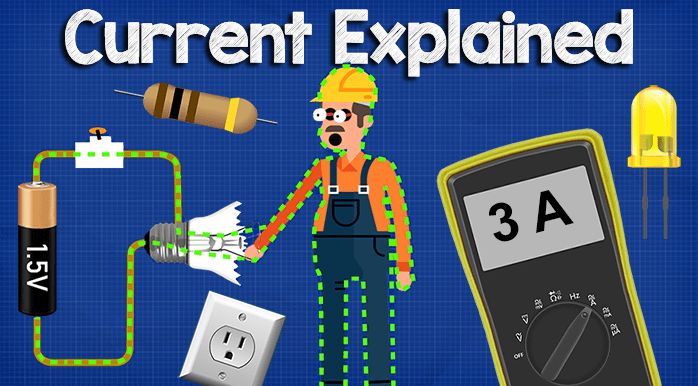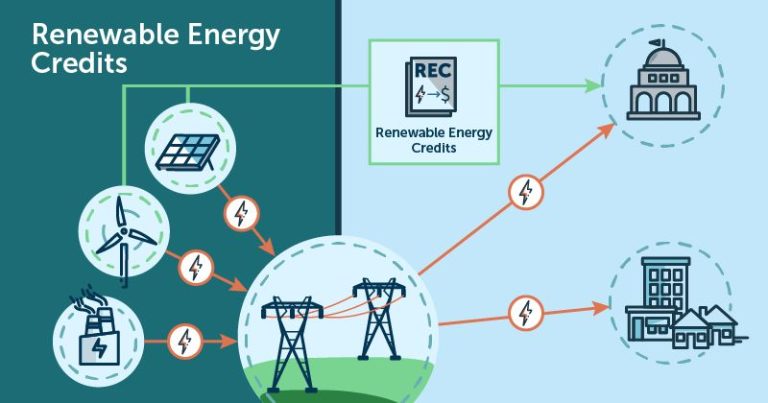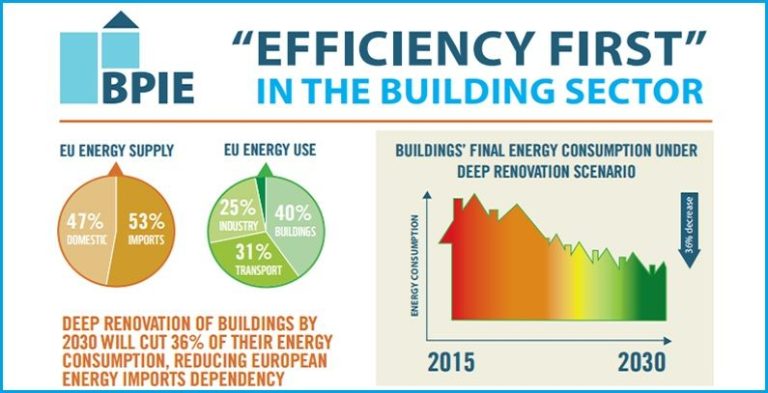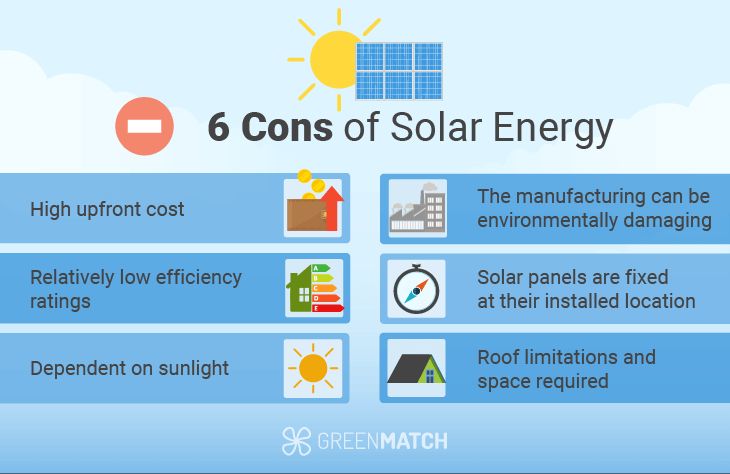What Is Required In Order For An Electric Current To Flow?
An electric current is a flow of electric charge through a medium like wires or other conductors. Electricity refers to the movement of electrons between atoms which allows an electric current to flow. Electrons flow easily in some materials called conductors. In other materials called insulators, electrons cannot flow freely.
In order for an electric current to flow, a closed conducting loop or circuit is required. This circuit requires a voltage source like a battery to provide the force for electrons to move. The circuit also needs a complete loop with no gaps for electrons to flow around continuously. Devices like switches, fuses, or resistors can control the flow of electrons around the circuit.
Electrons
Electricity is the flow of electrons. Atoms consist of protons, neutrons, and electrons. Electrons have a negative charge and can move from one atom to another. Materials like metals have electrons that are loosely bonded to their atoms, allowing the electrons to move freely. Other materials like glass have electrons that are tightly bonded to their atoms, preventing free electron flow. For electricity to flow, materials called conductors are needed to provide a path for electrons to move. Metals like copper and aluminum are good conductors with freely moving electrons.
When a voltage source like a battery is connected to a conductor, it applies a potential difference which creates an electric field. This electric field applies a force on the free electrons in the conductor, causing them to move. As electrons flow through the conductor they collide with the atoms, passing the electron motion from one atom to the next. This overall motion of electrons through the conductor is referred to as electric current. The flow and direction of electric current is defined by the motion of electrons from the negative to positive terminal of the voltage source.
Conductors
Conductors are materials that allow the flow of electrons. Metals such as copper, aluminum, gold, and silver are excellent electrical conductors. This is because metals contain movable electrons that can carry electrical current. The electrons in a metal are held loosely to its atoms and are free to move throughout the whole metal. When an electrical voltage is applied, these free electrons start flowing through the metal. This flow of electrons makes up an electric current.
Most metals are good conductors, but silver and copper are the best. Silver is the best conductor, but its high cost makes it impractical for widespread use. Copper is nearly as good, and much more affordable. That’s why copper is the most commonly used conductor for wiring and cables. Other good conductor materials include gold, aluminum, zinc, nickel, iron, and platinum.
While all metals can conduct electricity, some are better than others. Factors that affect a material’s conductivity include the type and number of electrons in its atoms, as well as how tightly the atoms are bonded together. Metals with loosely bonded atoms and lots of free electrons tend to be the best conductors.
Insulators
Insulators are materials that resist the flow of electrons. This is because their molecular structure does not have free electrons that can move easily. Insulators have very few free electrons, and the electrons are tightly bound to their atoms. Some common insulator materials are plastic, rubber, glass, paper, wood, and air. These materials have very high resistance and do not allow electric current to flow freely.
Insulators are used to coat wires and other components in order to prevent accidental contact and flow of current. Common applications include electrical wiring, cables, consumer electronics, and power transmission equipment. Insulating materials help control the flow of electrons in a circuit and prevent short circuits, electric shocks, fires, and other hazards. Proper insulation is a critical requirement for the safe and effective distribution of electricity in homes, businesses, and power grids.
Voltage
Voltage, also known as electric potential difference or electromotive force, is another prerequisite for electric current flow. Voltage represents the difference in electric potential energy per unit charge between two points in a circuit. It is measured in volts. Just like water pressure pushes water through pipes, voltage pushes electrons through a conductor.
Without a voltage source, the free electrons in a conductor bounce around randomly. The voltage source applies an electric field along the conductor that exerts force on the electrons, causing them to flow in one direction. Greater voltage allows more current to flow through a fixed resistance.
Batteries and power supplies act as voltage sources in circuits, establishing a potential difference across circuit components. This potential difference provides the energy to move electrons through the external circuit, producing electric current.
Circuit
A circuit is a closed loop path that allows electric current to flow. For current to flow, a complete conducting loop with no gaps is required. This complete loop allows electrons to continue moving in the same direction and circulate back to the power source. Without a complete circuit, the electrons have nowhere to go and current will not flow.
Some key requirements for a circuit include:
- A voltage source such as a battery or power supply to provide electrical energy.
- Conducting wires connecting various components.
- A load or resistor that consumes electrical energy and provides resistance to current flow.
- A closed conducting path with no gaps from the positive to the negative terminal of the voltage source.
Opening a switch breaks the closed conducting path of a circuit, preventing current from flowing. Closing a switch completes the circuit again, allowing the loop to be closed and current to flow. The presence of a complete uninterrupted loop path for electrons is critical for electric current.
Resistance

Resistance is anything that hinders or limits the flow of electrons in an electric circuit. There are 3 main properties of resistance that affect how electricity flows:
Resistivity – This is an intrinsic property of the material that makes up the conductor. Materials like silver, copper and gold have very low resistivity, while materials like rubber and wood have very high resistivity. Therefore, gold wires provide less resistance to electron flow than rubber wires.
Length – Longer wires provide more resistance to electron flow than shorter wires of the same material and diameter. This is because electrons have more opportunities to collide with atoms over a longer distance.
Cross-sectional Area – Wires with a larger cross-sectional area (thicker wires) provide less resistance than thinner wires of the same material and length. This is because there are more atoms for electrons to flow through with a larger area.
In summary, resistance impedes the flow of electric current. Using conductors with low resistivity, short lengths, and large cross-sectional areas minimizes resistance in a circuit.
Switches
Switches are devices that allow users to manually open or close a circuit. They function by creating or breaking the conductive pathway in a circuit. When a switch is in the open position, it breaks the circuit so current cannot flow. When the switch is closed, it allows current to flow uninterrupted through the circuit.
Some common types of switches include toggle switches, push-button switches, rocker switches, and slide switches. Toggle switches have an on/off functionality and are often used for overhead lights and power outlets. Push-button switches are momentary contact switches that only complete the circuit when held down. These are often used for doorbells and arcade games. Rocker switches have a rocking motion to toggle between on and off, and slide switches allow users to slide left or right to control circuit flow.
Regardless of the type, switches function by opening or closing the circuit to start and stop the flow of electric current. They allow manual control over current flow and are essential components in many electrical systems and devices. Without a switch to open or close the circuit, current would either flow uncontrolled or not at all.
Batteries
Batteries are a key component in electric circuits, as they provide the electric potential difference (voltage) necessary to drive the flow of electric current. Batteries contain two terminals, between which chemical reactions take place to generate voltage. The most common batteries, like AA or AAA batteries, use chemical reactions involving zinc, manganese dioxide, and alkaline electrolytes to produce 1.5 volts per cell. However, many types of electrochemical couples and cell designs are used in various battery chemistries.
Inside a battery, the anode gives up electrons while the cathode accepts electrons. This electron transfer powers the external circuit. When the circuit is closed, allowing current to flow, the battery’s chemical reactants get used up, causing the battery to eventually discharge. The voltage then drops until the battery is depleted and can no longer provide current. Rechargeable batteries can reverse the chemical reaction by applying external voltage, allowing them to be reused multiple times.
Batteries provide portable and stable sources of voltage for many devices and experiments. From small button cells to car batteries, they allow electricity to power flashlights, toys, watches, and even electric vehicles. Battery technology continues to improve, providing longer lasting and higher capacity portable power sources.
Applications
Electricity has many practical applications in everyday life and technology. Here are some common uses of electric current:
Lighting: One of the most widespread uses of electricity is to power lights in homes, businesses, streets, and buildings. Lightbulbs convert electrical energy into visible light through incandescent, fluorescent, LED, or other technologies.
Electronics: Most electronics like computers, phones, TVs, and appliances rely on electric currents to power their internal components and circuitry. Electronics would not function without stable power sources.
Industrial machinery: Factories, mills, and heavy machinery are driven by electric motors that rotate and perform mechanical work. Electricity enables automation and mass production.
Transportation: Electric trains, trolleys, and increasingly cars and buses use electricity to power their motors and systems. High-speed rail depends on electricity.
Infrastructure: Electrical grids provide energy that supports cities and communities. Everything from streetlights, to refrigeration, communications, water pumping stations, and more require reliable electricity.
Medical devices: Equipment like X-rays, MRIs, pacemakers, and monitors need electricity to operate and monitor patients. Surgeries often use cauterization powered by electricity.







